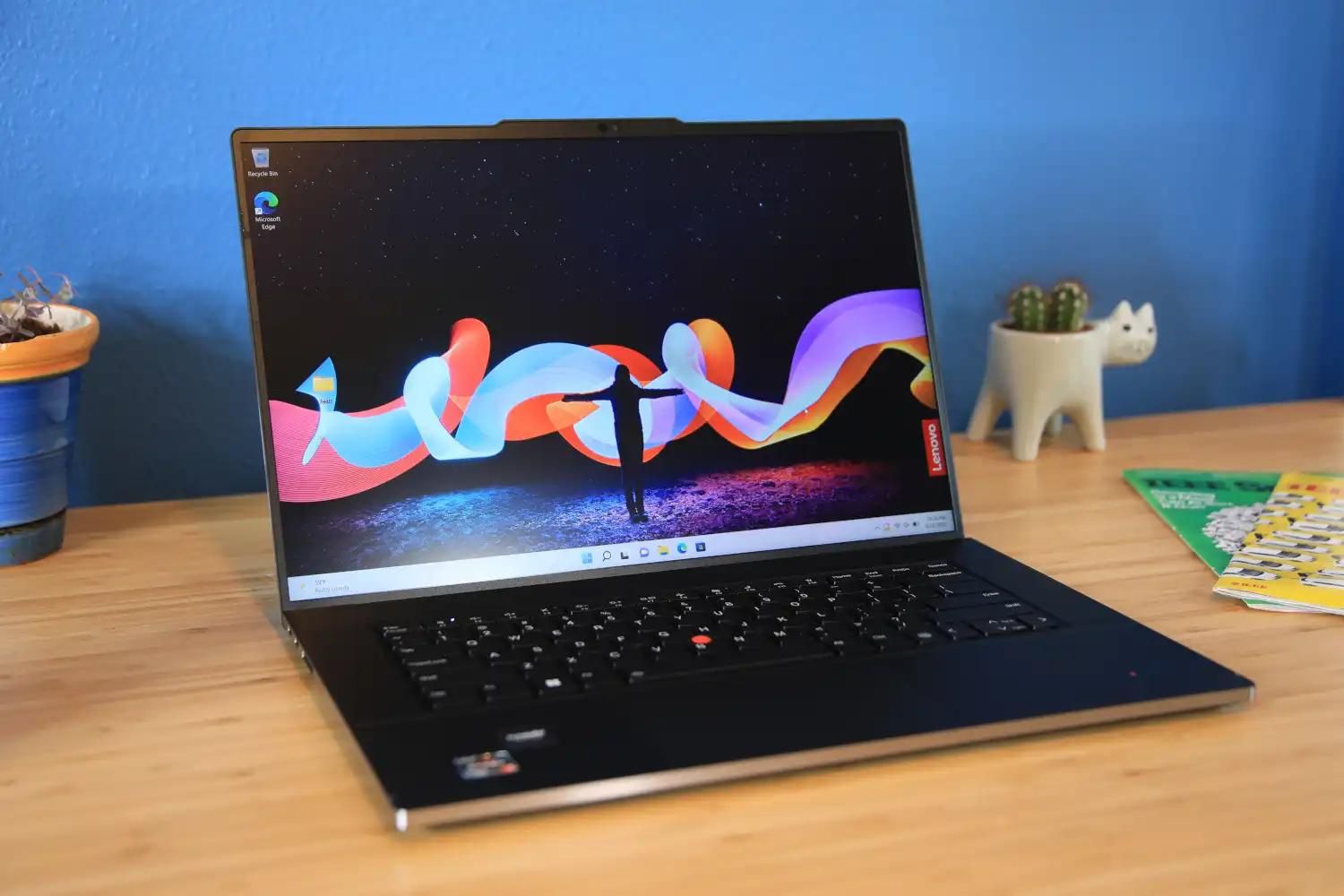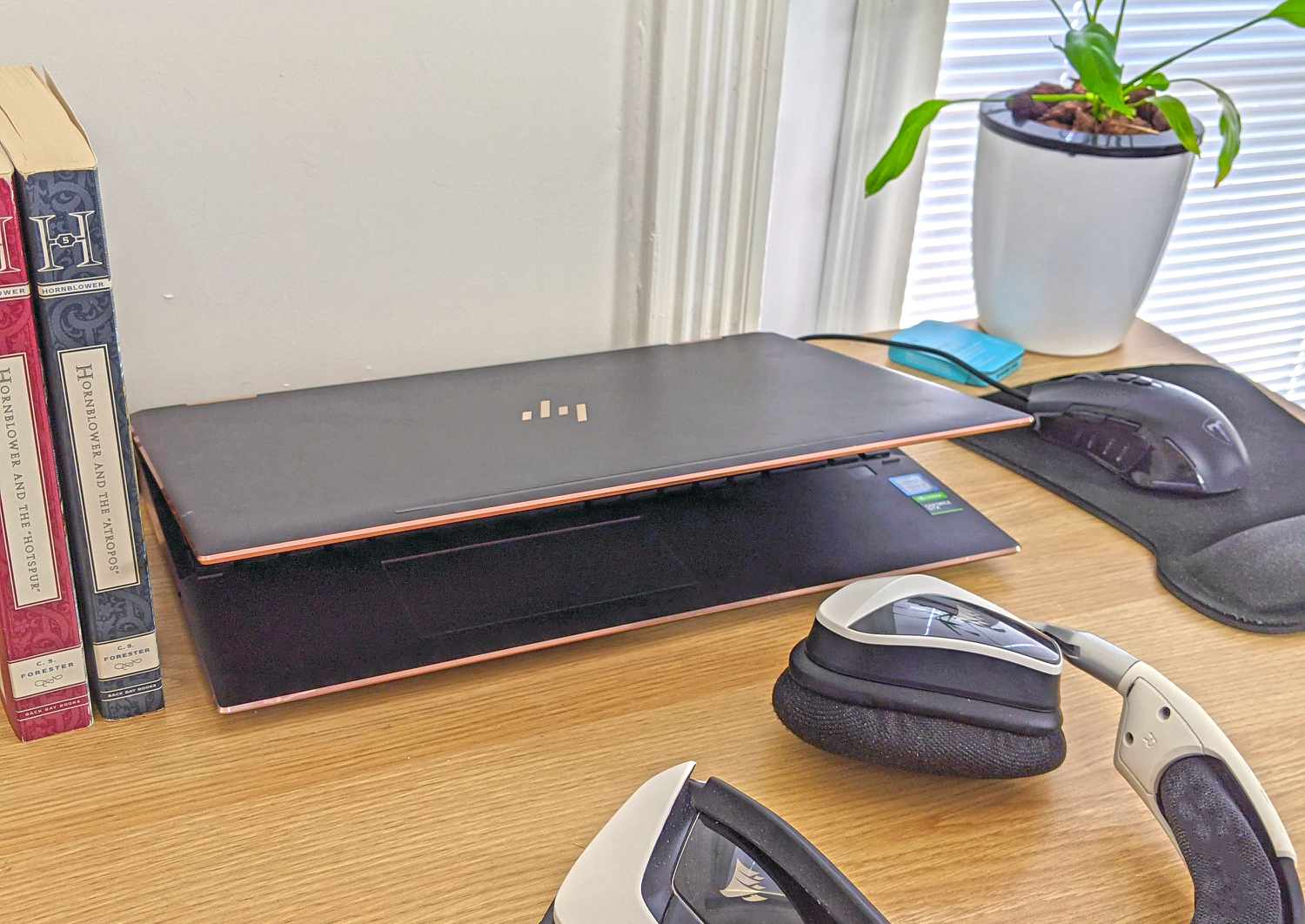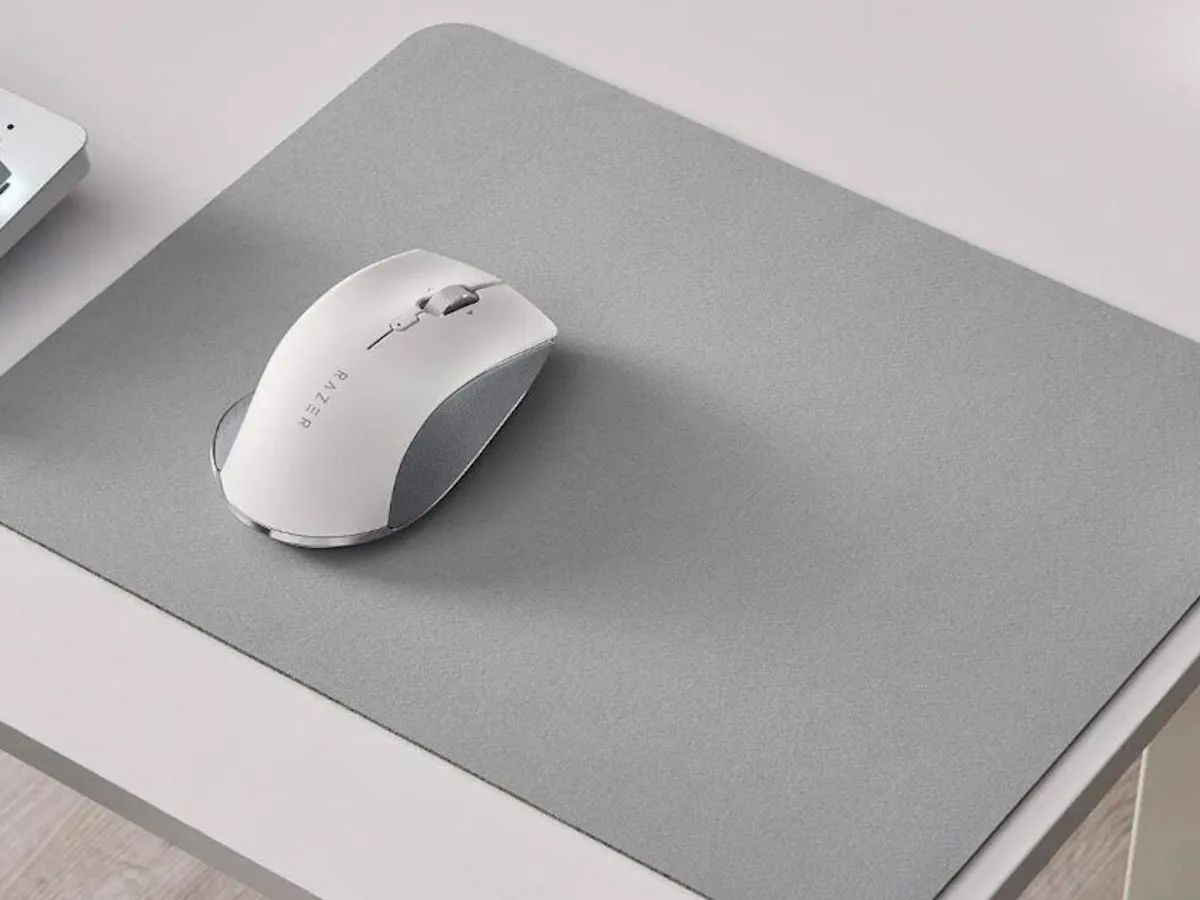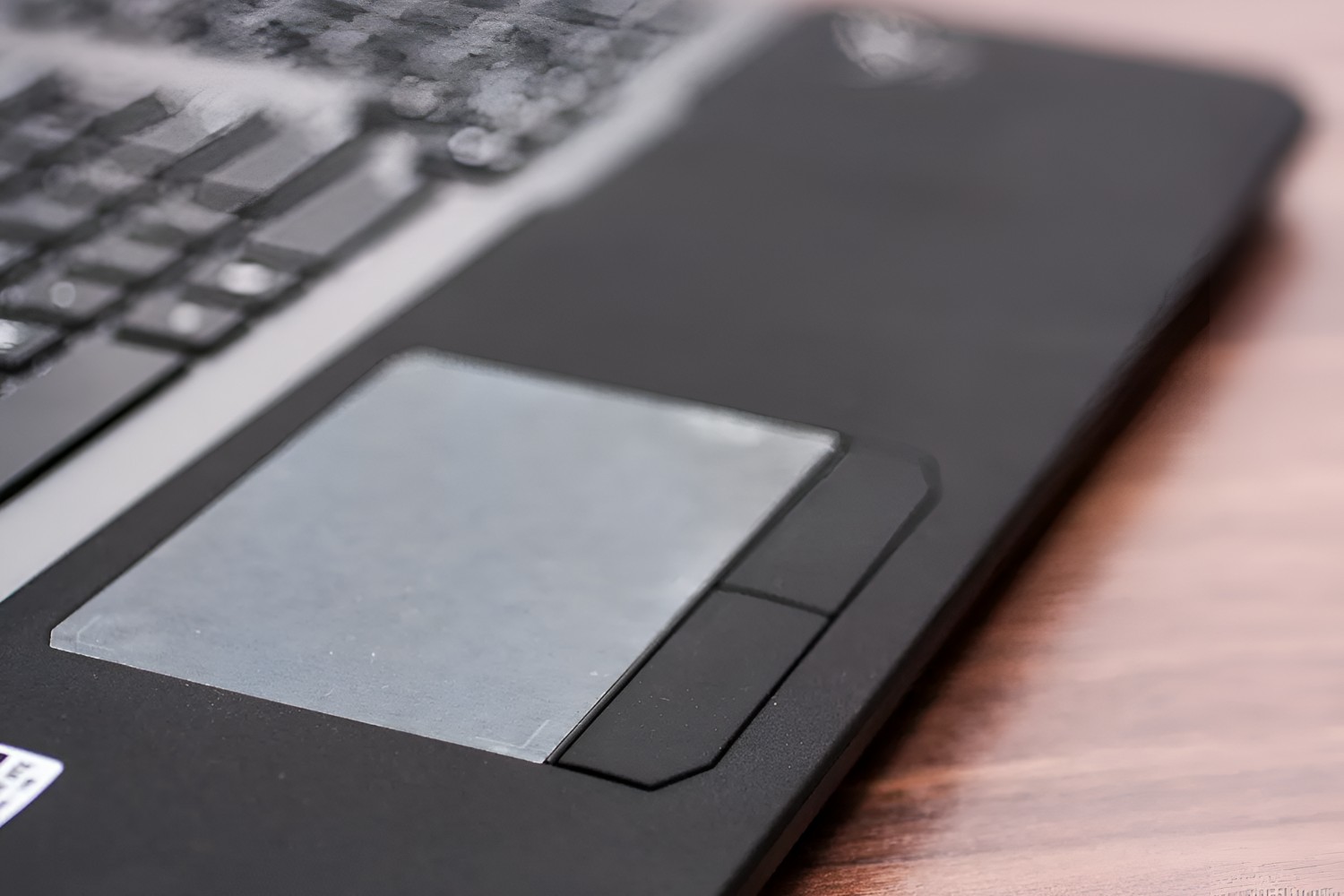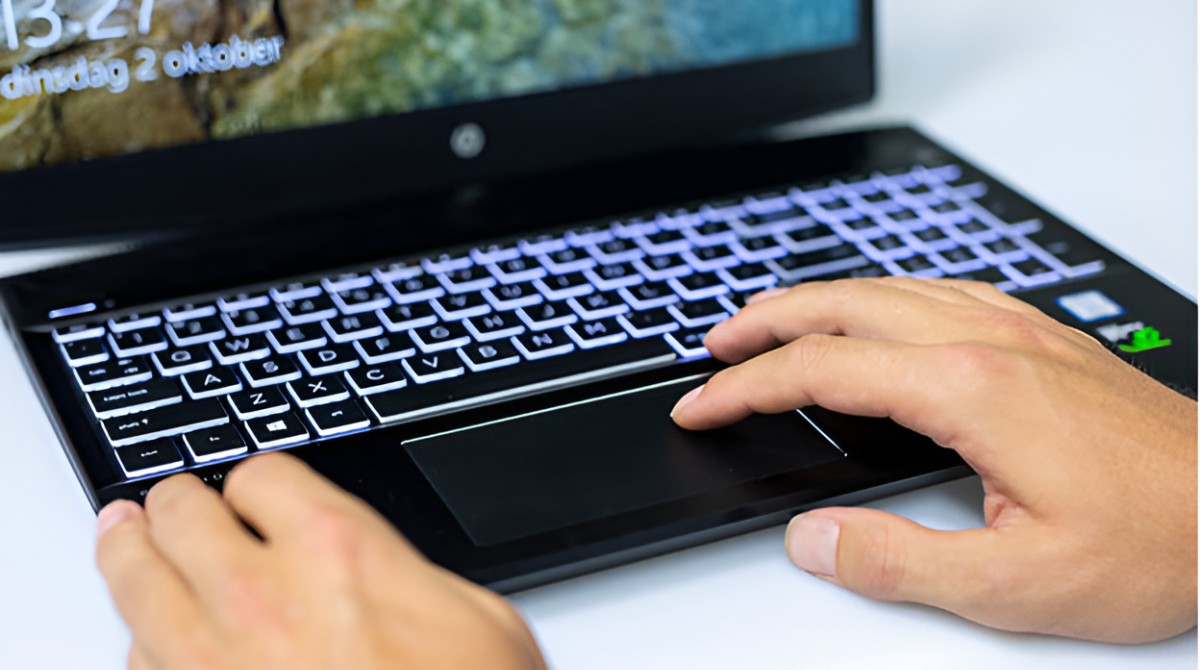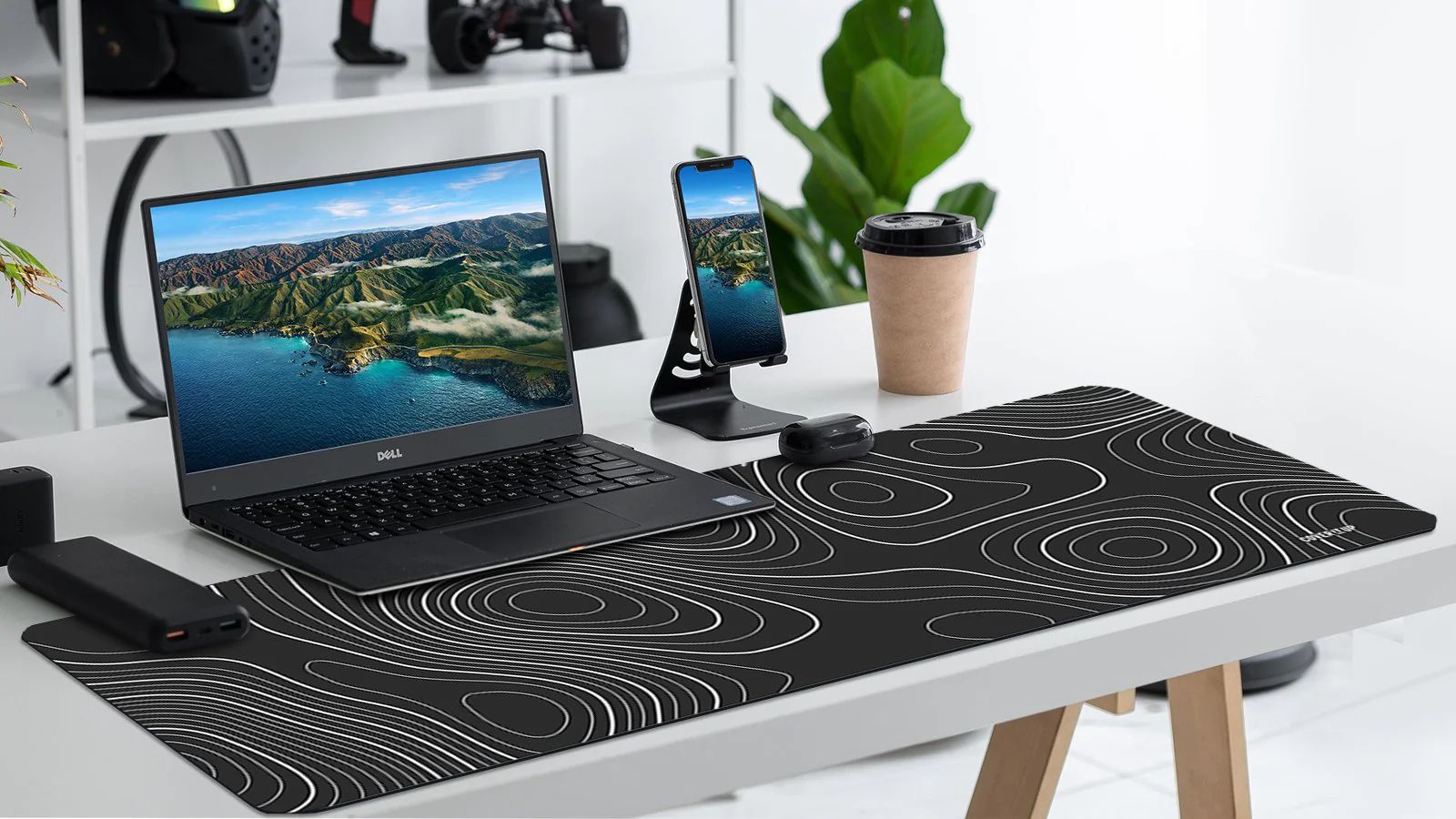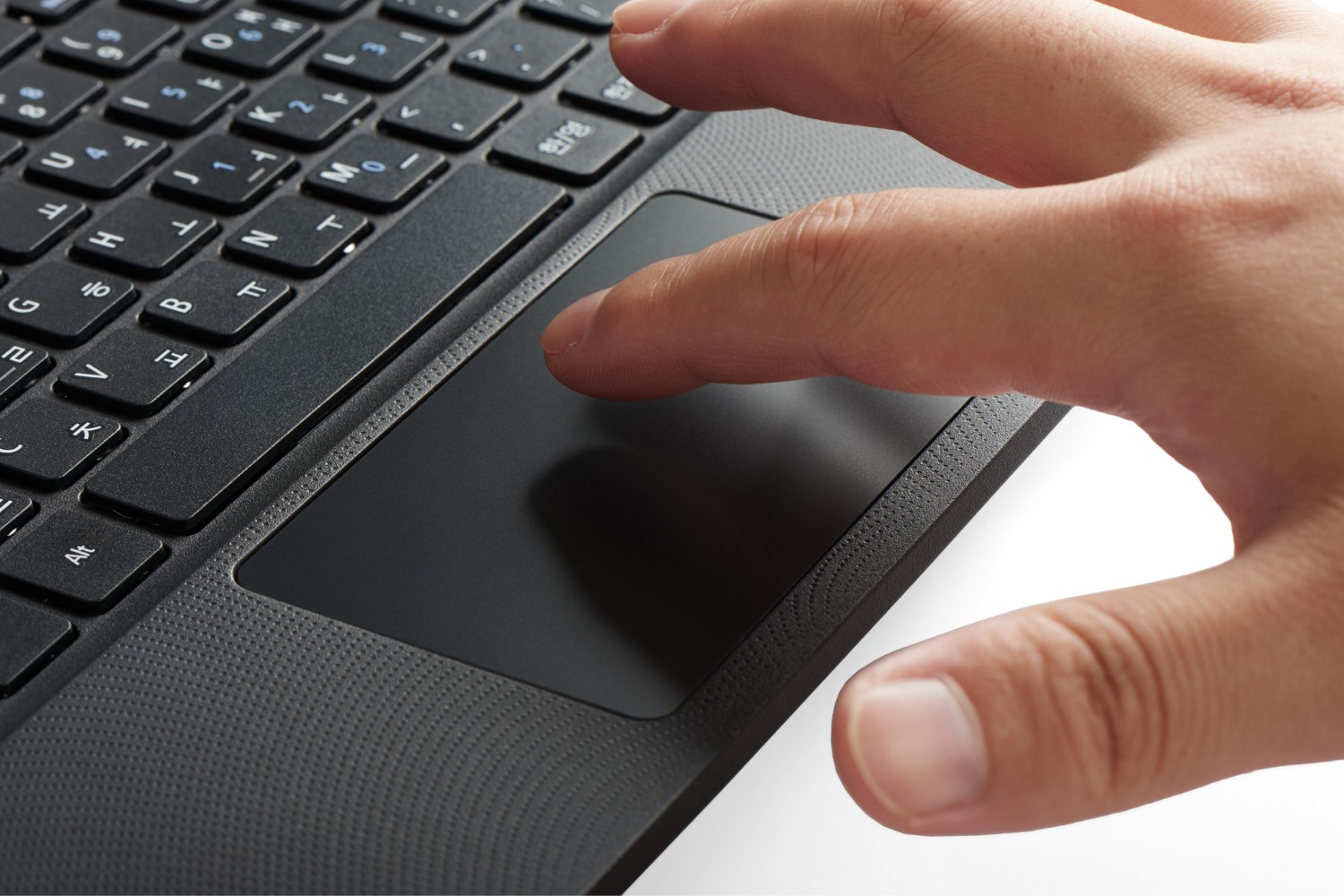Introduction
Are you tired of accidentally moving the cursor while typing or gaming on your laptop? The good news is that you can easily disable the mouse pad, also known as the touchpad, to prevent this frustration. Whether you prefer using an external mouse or want to temporarily deactivate the touchpad for other reasons, the process is straightforward and can be done in just a few simple steps.
In this guide, we will walk you through the process of disabling the mouse pad on your laptop. Whether you have a Windows, Mac, or Linux-based system, you can follow these steps to regain control over your cursor movement and enhance your overall user experience. By temporarily deactivating the touchpad, you can minimize accidental clicks and movements, especially if you primarily use an external mouse.
Let's dive into the step-by-step process of locating the mouse pad settings and disabling it to reclaim control over your cursor movement. Whether you're a student, professional, or casual user, having the ability to disable your laptop's touchpad can be a game-changer in terms of productivity and convenience. So, let's get started and take control of your laptop's mouse pad settings.
Step 1: Locate the Mouse Pad Settings
The first step in disabling your laptop’s mouse pad is to locate the settings that control its functionality. The process may vary slightly depending on your operating system, but the general steps remain consistent across most platforms.
For Windows:
- Begin by navigating to the “Control Panel” through the Start menu or by searching for it in the Windows search bar.
- Once in the Control Panel, locate and click on the “Hardware and Sound” option.
- Next, find and select “Devices and Printers.”
- From the list of devices, look for “Mouse” or “Mouse Properties” and click on it to access the settings.
- Within the Mouse Properties, you should find a tab specifically dedicated to the touchpad settings. This tab may vary depending on your laptop’s manufacturer and the touchpad driver installed.
For Mac:
- Start by clicking on the Apple menu in the top-left corner of your screen and selecting “System Preferences.”
- Within System Preferences, locate and click on the “Trackpad” or “Mouse” option, depending on your specific setup.
- Once in the Trackpad or Mouse settings, you should find options to adjust the touchpad’s behavior, including the ability to disable it.
For Linux:
- The process for disabling the touchpad on Linux may vary based on the distribution and desktop environment you are using. However, most Linux systems provide touchpad settings within the “Mouse and Touchpad” or “Input Devices” section of the system settings.
- Navigate to the appropriate settings menu for your distribution and look for options related to the touchpad. You may find the ability to disable the touchpad directly or adjust its sensitivity and behavior.
Once you have located the touchpad settings on your specific operating system, you are ready to proceed to the next step of disabling the mouse pad to suit your preferences and needs.
Step 2: Disable the Mouse Pad
After locating the touchpad settings on your laptop, the next step is to disable the mouse pad to prevent it from interfering with your workflow or activities. The process for disabling the touchpad varies slightly based on the operating system you are using, but the general steps are simple to follow.
For Windows:
- Within the touchpad settings in the Control Panel, look for an option to disable the touchpad or a checkbox to turn it off. The exact wording and location of this option may differ based on your laptop’s manufacturer and the touchpad driver.
- Once you have located the option to disable the touchpad, click on it to apply the changes. Some systems may require you to confirm the action before the touchpad is fully deactivated.
For Mac:
- In the Trackpad or Mouse settings within System Preferences, you should find a checkbox or toggle switch to enable or disable the touchpad. Simply uncheck the box or toggle the switch to turn off the touchpad functionality.
- After making this change, the touchpad should be disabled, allowing you to rely solely on an external mouse for cursor movement.
For Linux:
- Depending on your Linux distribution and desktop environment, you may find an option to disable the touchpad directly within the touchpad settings. Look for a checkbox, toggle switch, or dropdown menu that allows you to turn off the touchpad.
- Once you have disabled the touchpad, the changes should take effect immediately, giving you full control over your cursor movement using an external mouse or other input devices.
By following these simple steps, you can effectively disable the mouse pad on your laptop, providing you with the freedom to customize your input preferences and enhance your overall user experience.
Step 3: Test the Mouse Pad
Once you have disabled the mouse pad on your laptop, it’s essential to test the changes to ensure that the touchpad is no longer active and that your external mouse or alternative input method is functioning as expected. Testing the touchpad’s functionality after disabling it provides you with the confidence that your preferred input devices are working seamlessly.
For Windows:
- After disabling the touchpad, navigate around your desktop and open various applications to confirm that the mouse pad is no longer controlling the cursor movement.
- Test the functionality of your external mouse to ensure that it is accurately responding to your movements and clicks without any interference from the touchpad.
For Mac:
- Use your external mouse to navigate through different windows and applications, verifying that the touchpad is indeed disabled and not affecting the cursor’s behavior.
- Perform various tasks that require cursor movement and interaction to confirm that your external mouse is functioning as the primary input device.
For Linux:
- Similar to the other operating systems, test the functionality of your external mouse after disabling the touchpad to ensure that it is providing accurate cursor control without any interference from the touchpad.
- Navigate through different applications and perform tasks that require cursor movement, confirming that the touchpad is effectively disabled and not impacting your external mouse’s performance.
By thoroughly testing the touchpad’s functionality after disabling it, you can be confident that your preferred input method is working as intended, providing you with a seamless and uninterrupted user experience. Whether you use your laptop for work, gaming, or general browsing, having full control over your input devices can significantly enhance your productivity and overall satisfaction with your device.
Conclusion
Disabling the mouse pad on your laptop can be a simple yet impactful way to customize your user experience and regain control over cursor movement. Whether you prefer using an external mouse for precise navigation or want to prevent accidental touchpad interactions, the ability to disable the touchpad provides you with the flexibility to tailor your input preferences to suit your needs.
By following the step-by-step process outlined in this guide, you can easily locate the touchpad settings on your specific operating system and proceed to disable the touchpad with confidence. Whether you use a Windows, Mac, or Linux-based system, the general steps for disabling the mouse pad remain consistent, allowing you to take control of your cursor movement in just a few simple clicks.
After disabling the touchpad, it’s crucial to test its functionality to ensure that your preferred input method, such as an external mouse, is working seamlessly without any interference from the touchpad. This testing phase provides you with the assurance that the touchpad is indeed disabled and that your user experience is optimized to your preferences.
Whether you’re a student, professional, or casual user, the ability to customize your laptop’s input settings can significantly impact your productivity and overall satisfaction with your device. By disabling the touchpad, you can minimize distractions, prevent accidental clicks, and tailor your input preferences to align with your workflow and activities.
With the knowledge and confidence gained from this guide, you are now equipped to disable the mouse pad on your laptop, providing you with the freedom to enhance your user experience and take full control of your cursor movement. Whether you’re navigating through spreadsheets, editing documents, or immersing yourself in gaming, the ability to disable the touchpad empowers you to optimize your input preferences and enjoy a more seamless and personalized computing experience.









